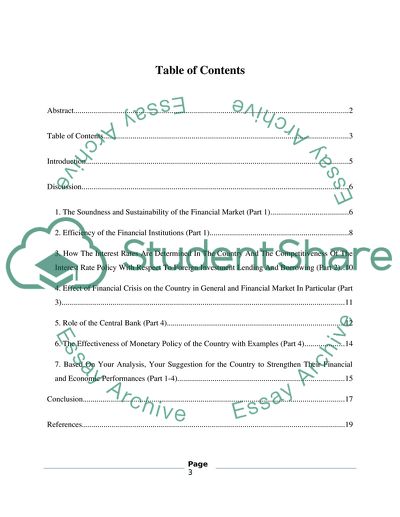Cite this document
(Financial Crisis of American Central Bank Case Study, n.d.)
Financial Crisis of American Central Bank Case Study. Retrieved from https://studentshare.org/finance-accounting/1853439-financial-crisis-of-ameica-central-bank
Financial Crisis of American Central Bank Case Study. Retrieved from https://studentshare.org/finance-accounting/1853439-financial-crisis-of-ameica-central-bank
(Financial Crisis of American Central Bank Case Study)
Financial Crisis of American Central Bank Case Study. https://studentshare.org/finance-accounting/1853439-financial-crisis-of-ameica-central-bank.
Financial Crisis of American Central Bank Case Study. https://studentshare.org/finance-accounting/1853439-financial-crisis-of-ameica-central-bank.
“Financial Crisis of American Central Bank Case Study”, n.d. https://studentshare.org/finance-accounting/1853439-financial-crisis-of-ameica-central-bank.


